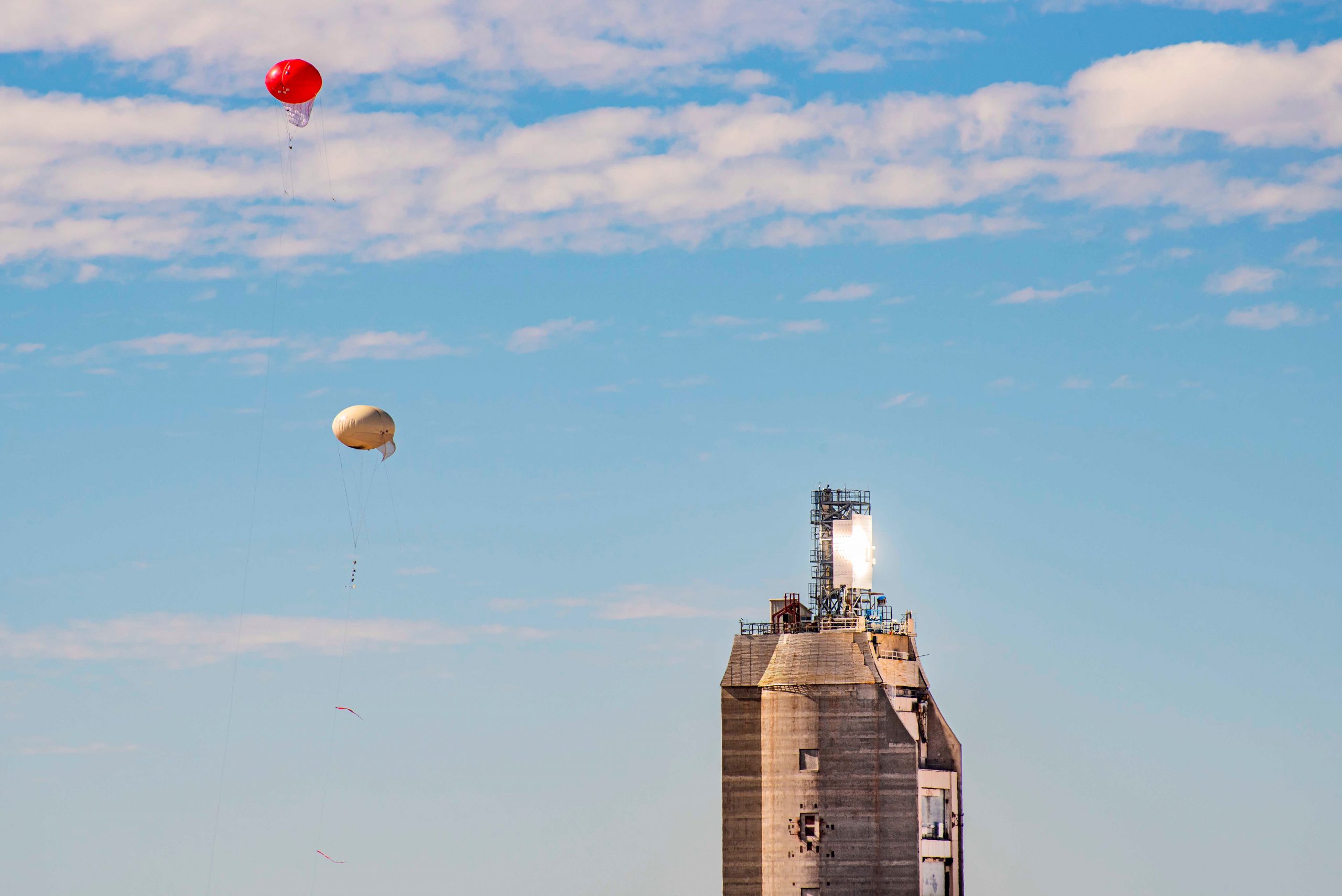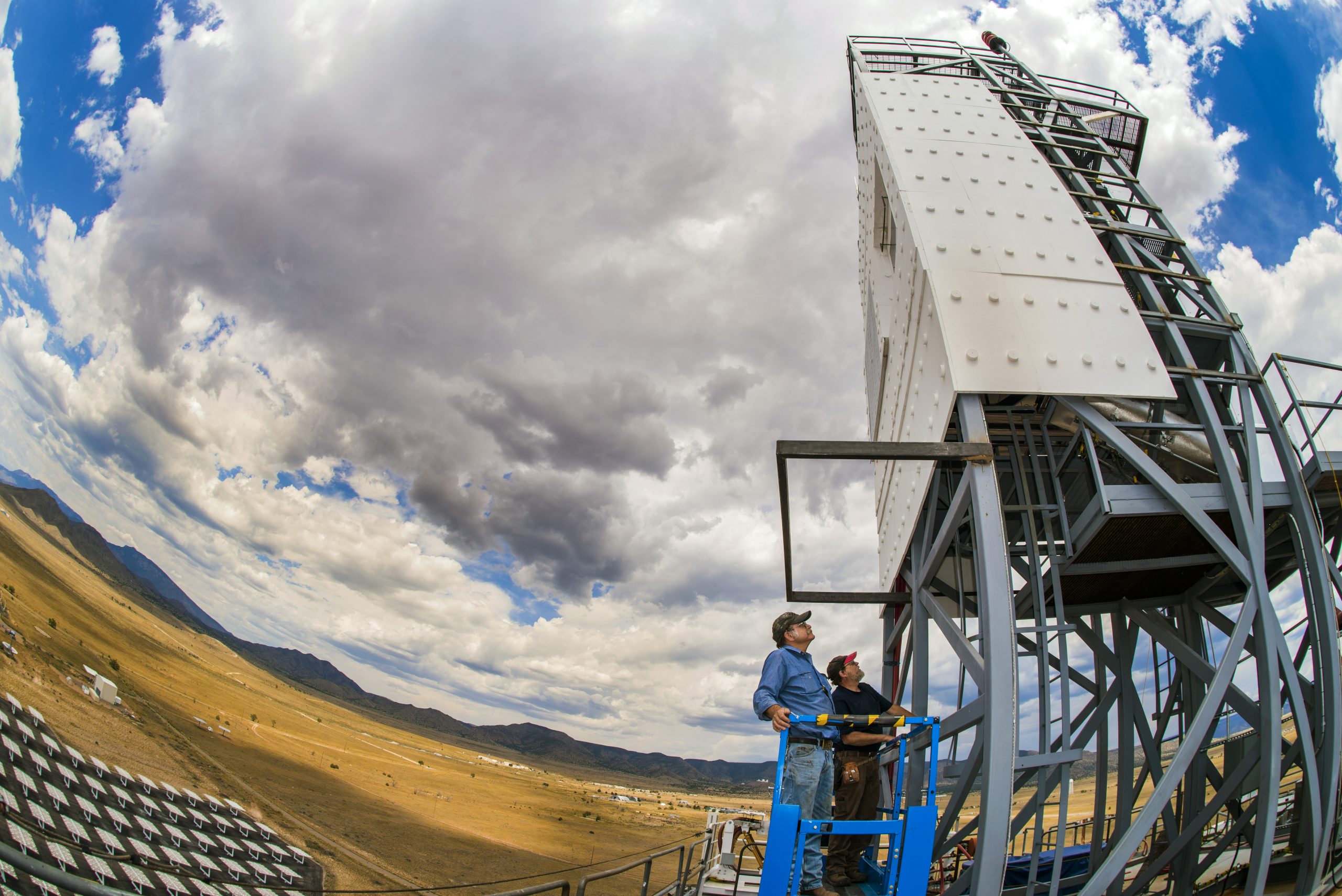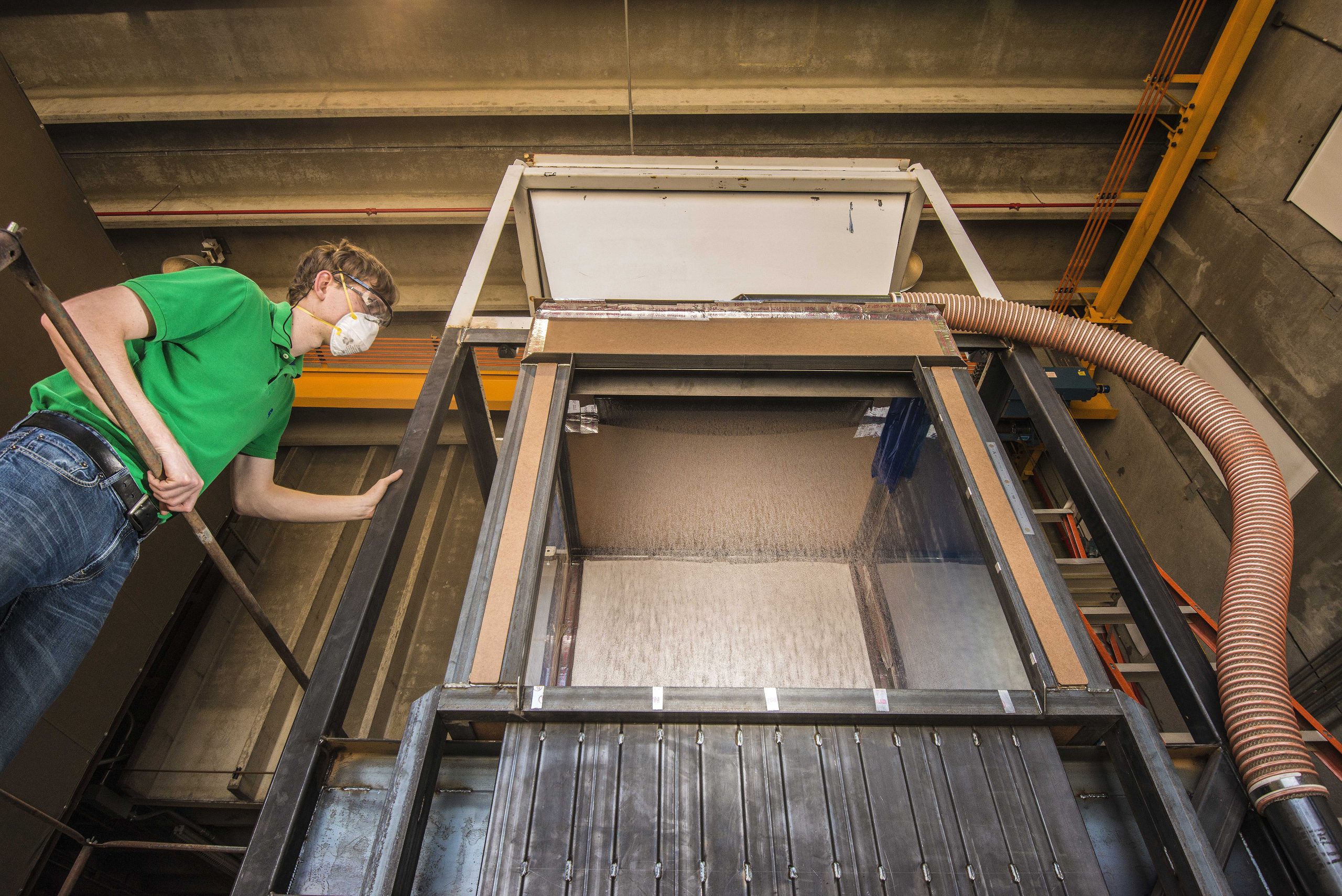April 22, 2021 • ALBUQUERQUE, N.M. — What do tiny dust particles, 22-foot-wide red balloons and “concentrated” sunlight have in common? Researchers from Sandia National Laboratories recently used 22-foot-wide tethered balloons to collect samples of airborne dust particles to ensure the safety of an emerging solar-power technology. The study determined that the dust created...



